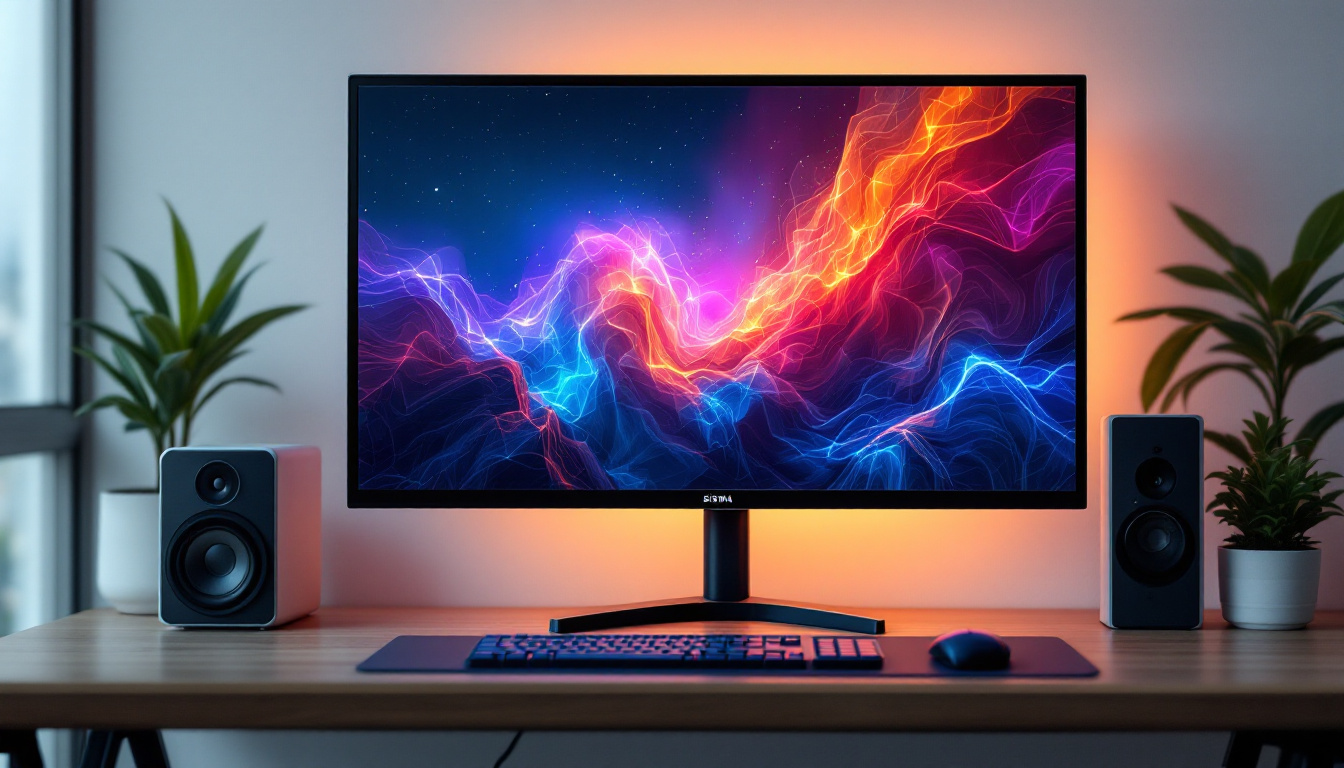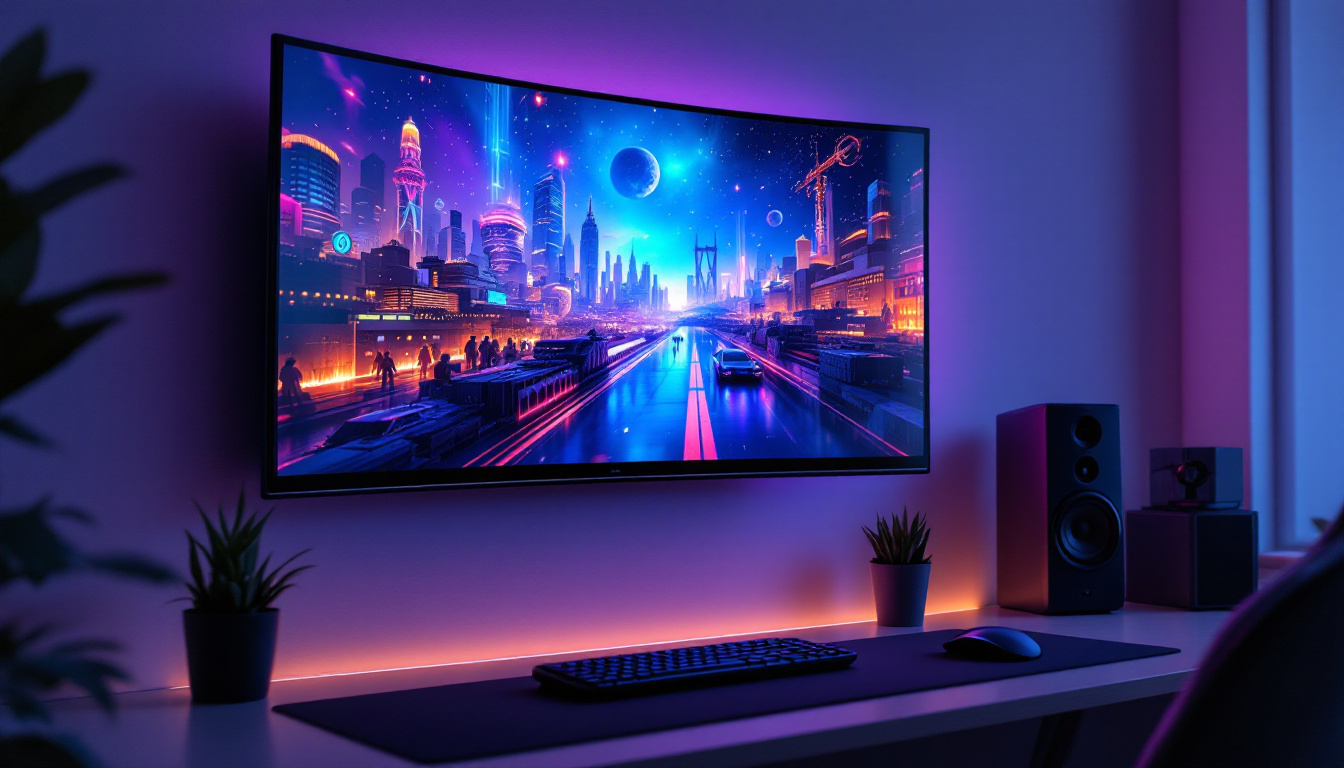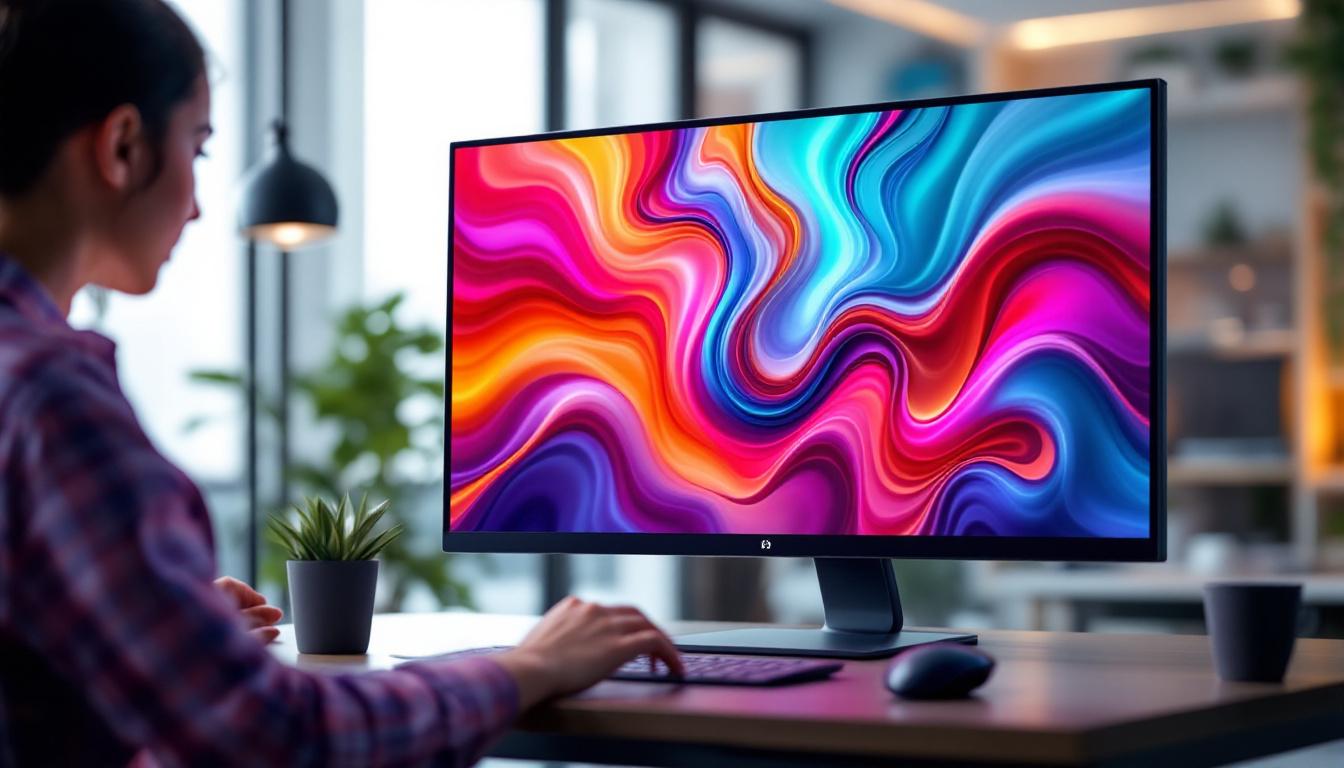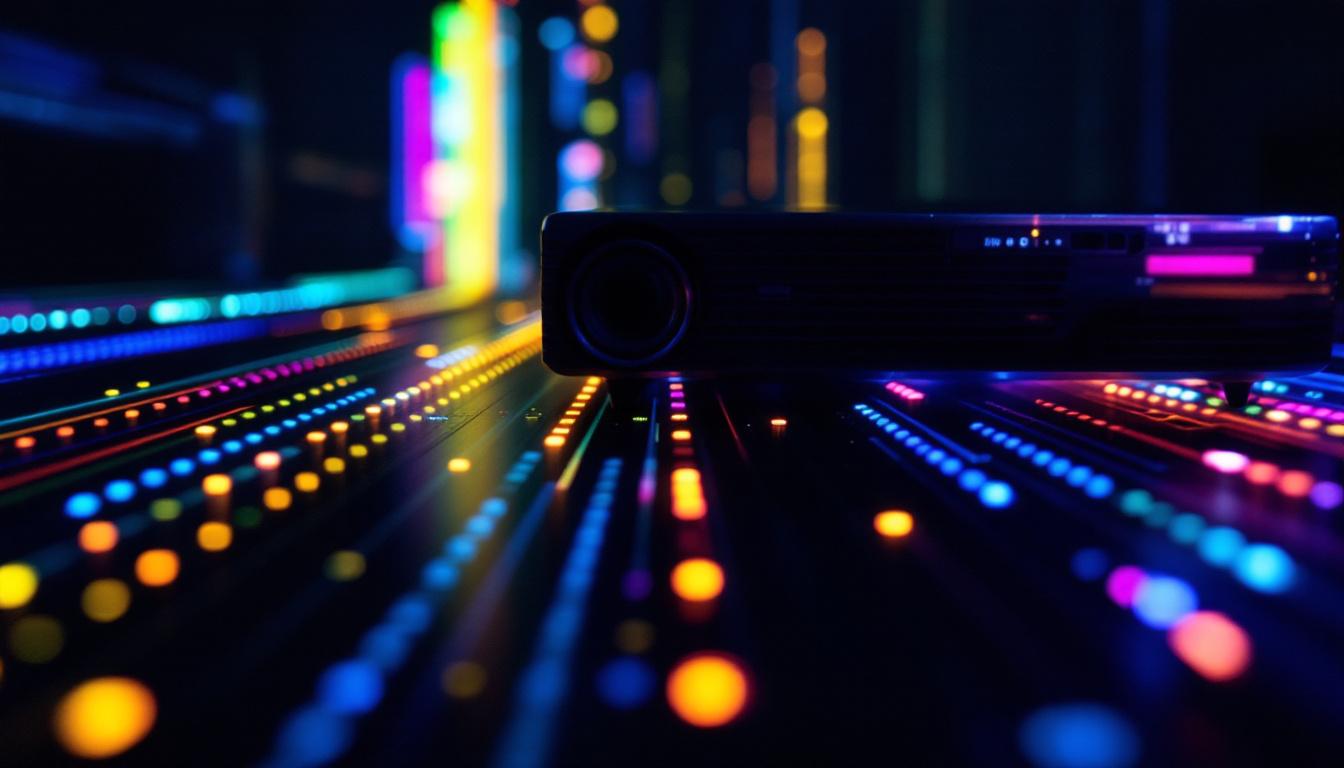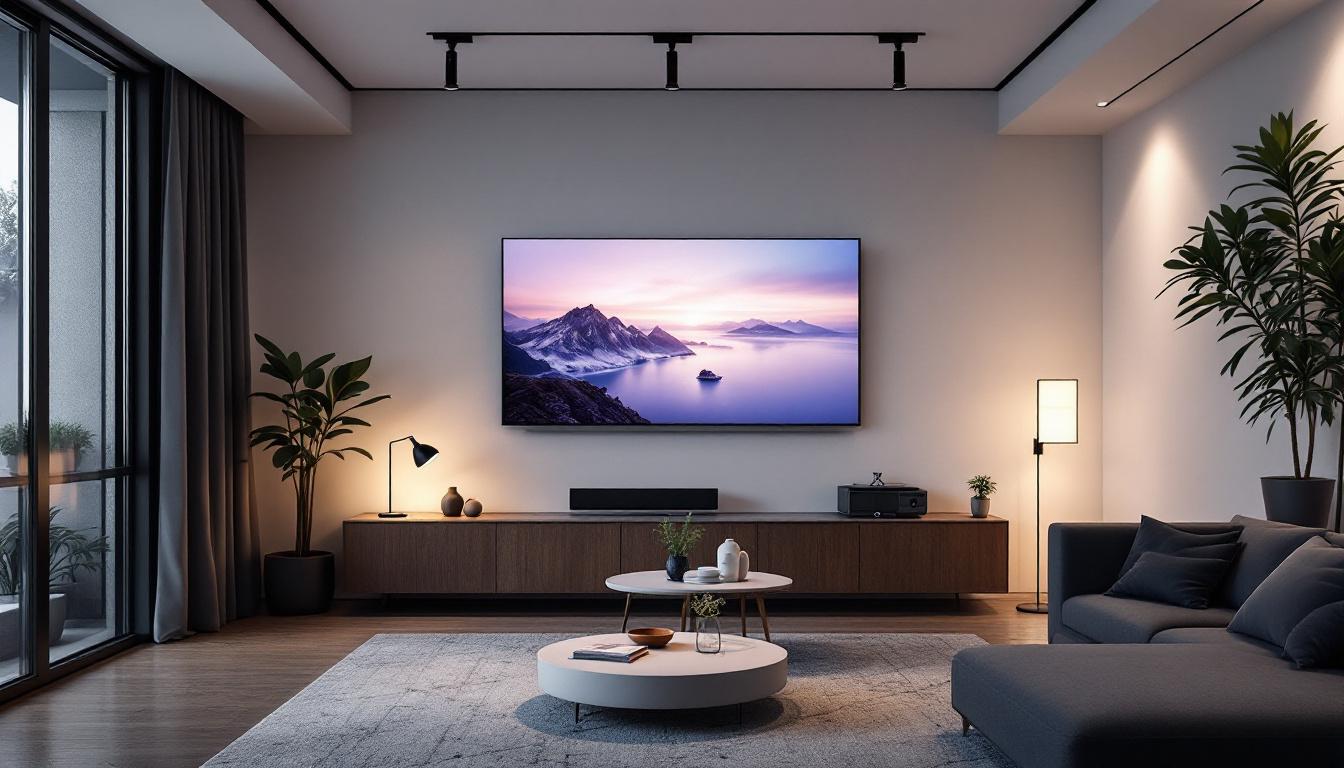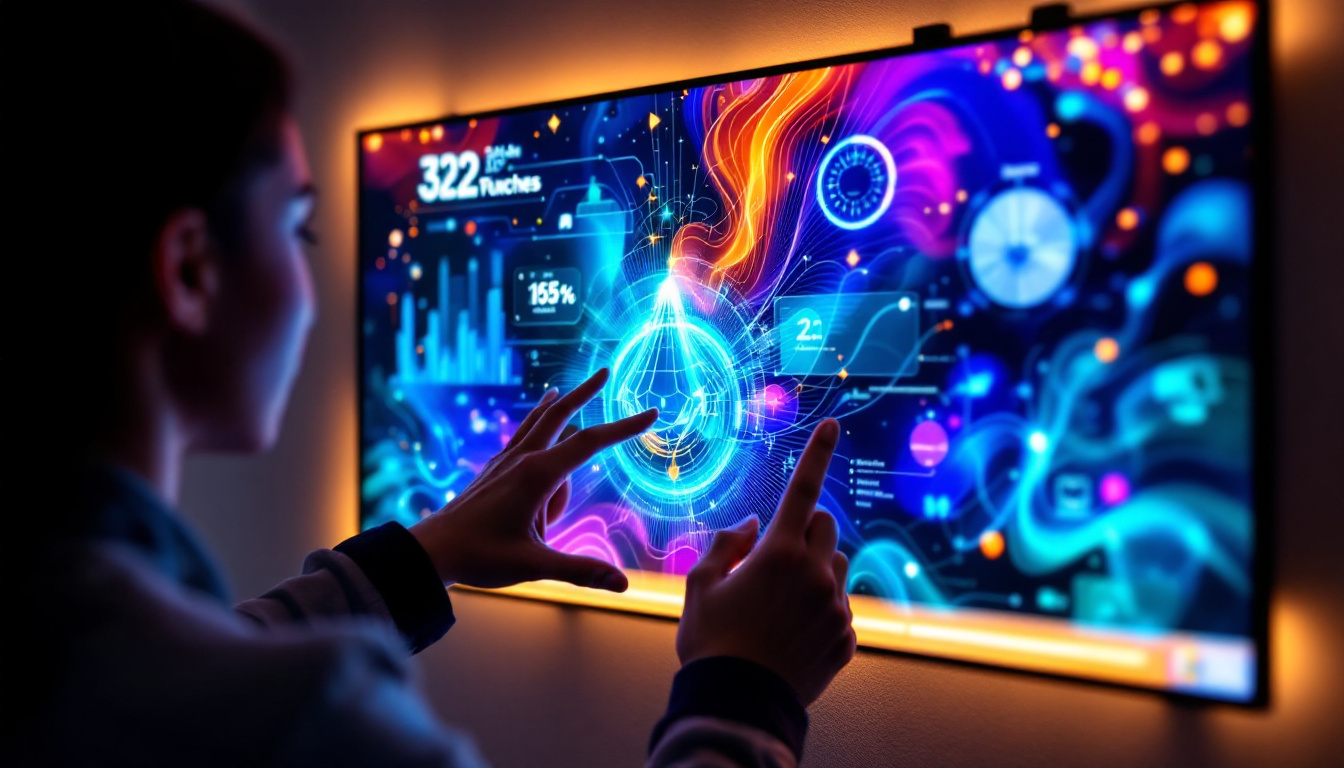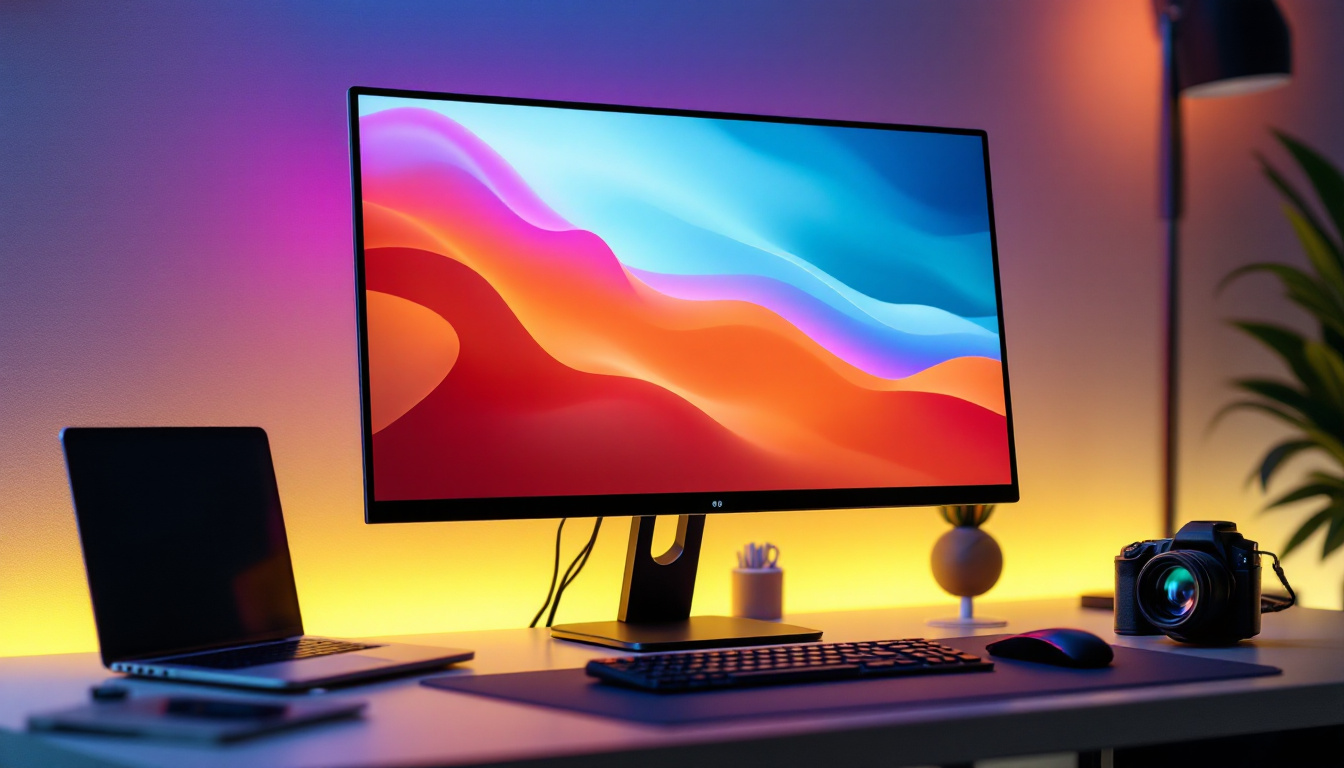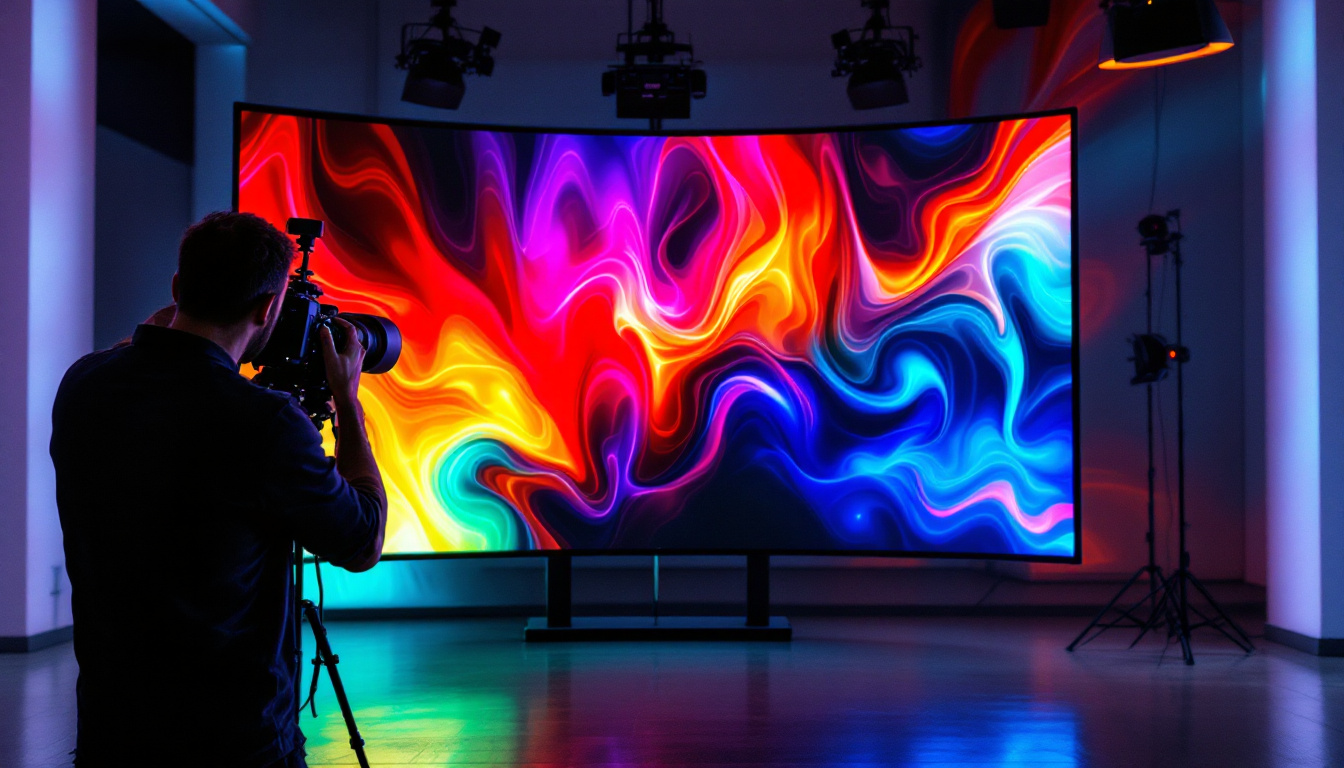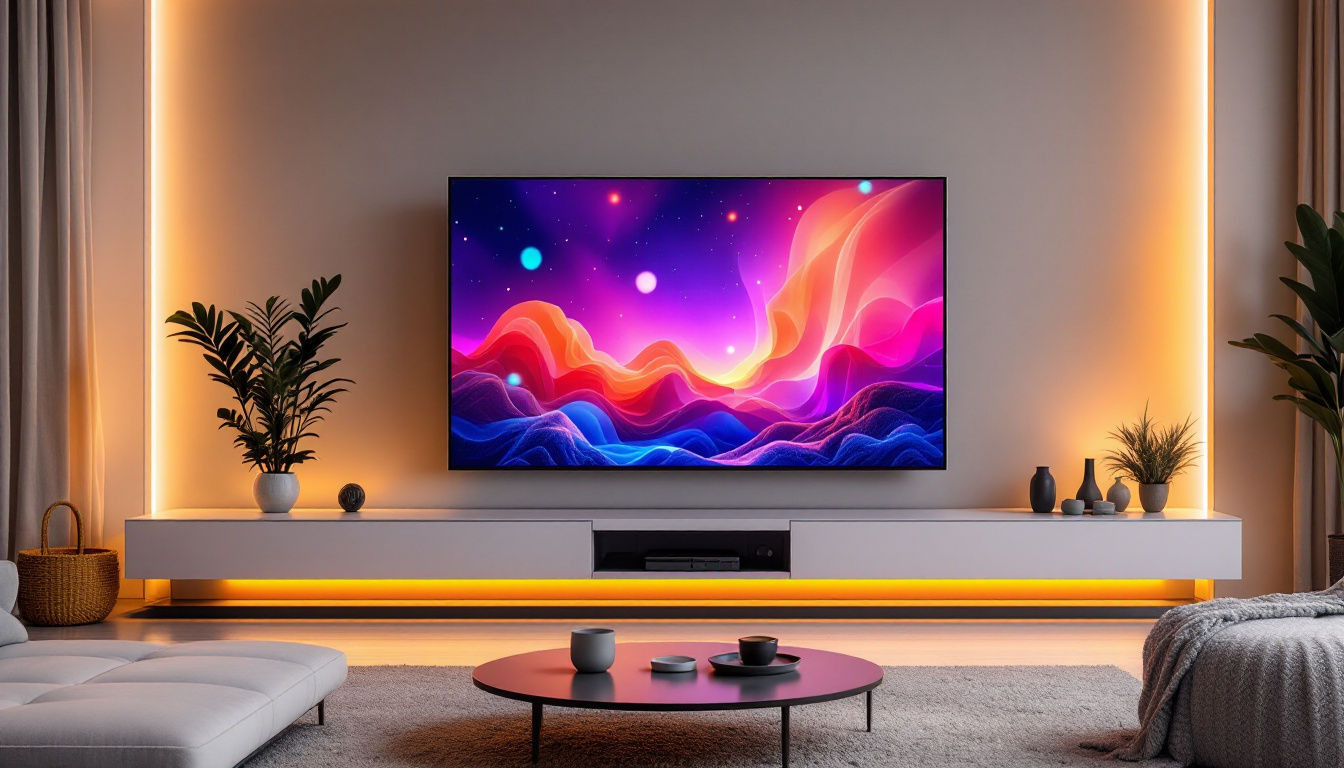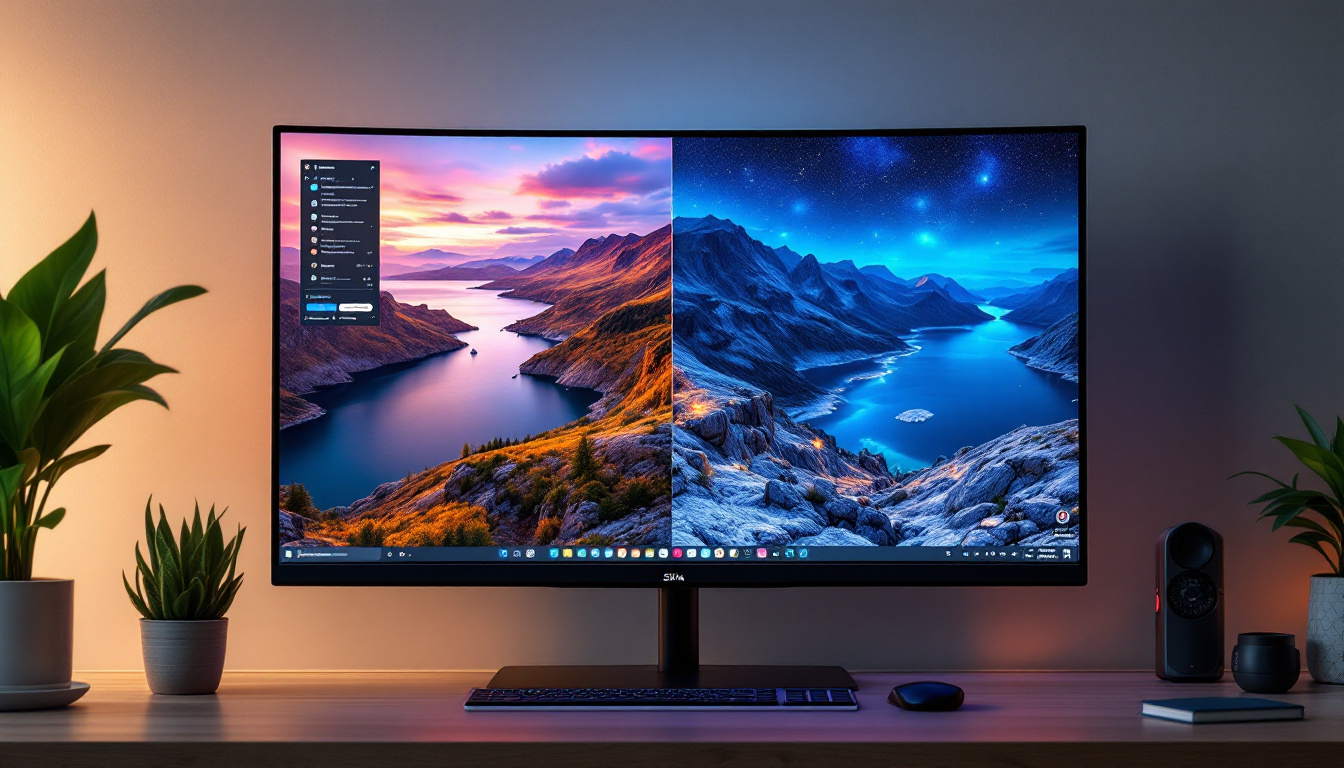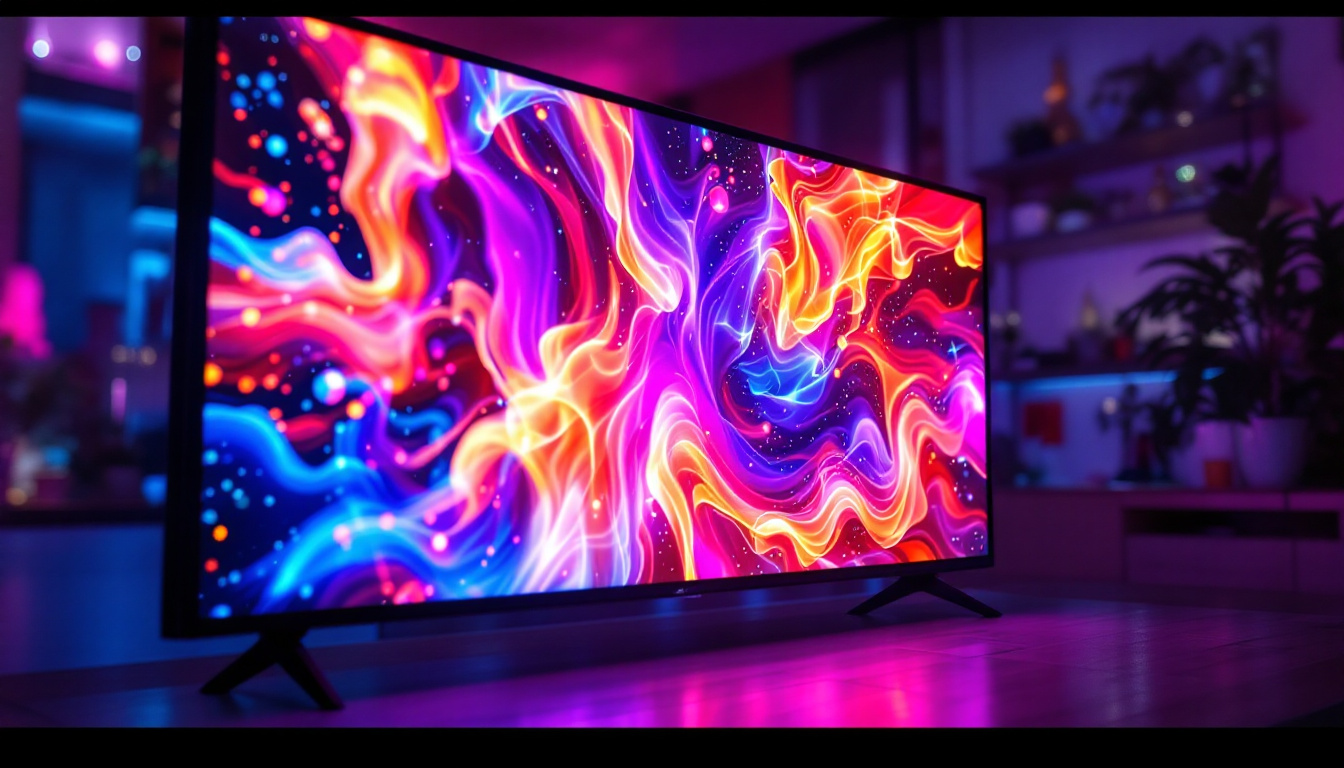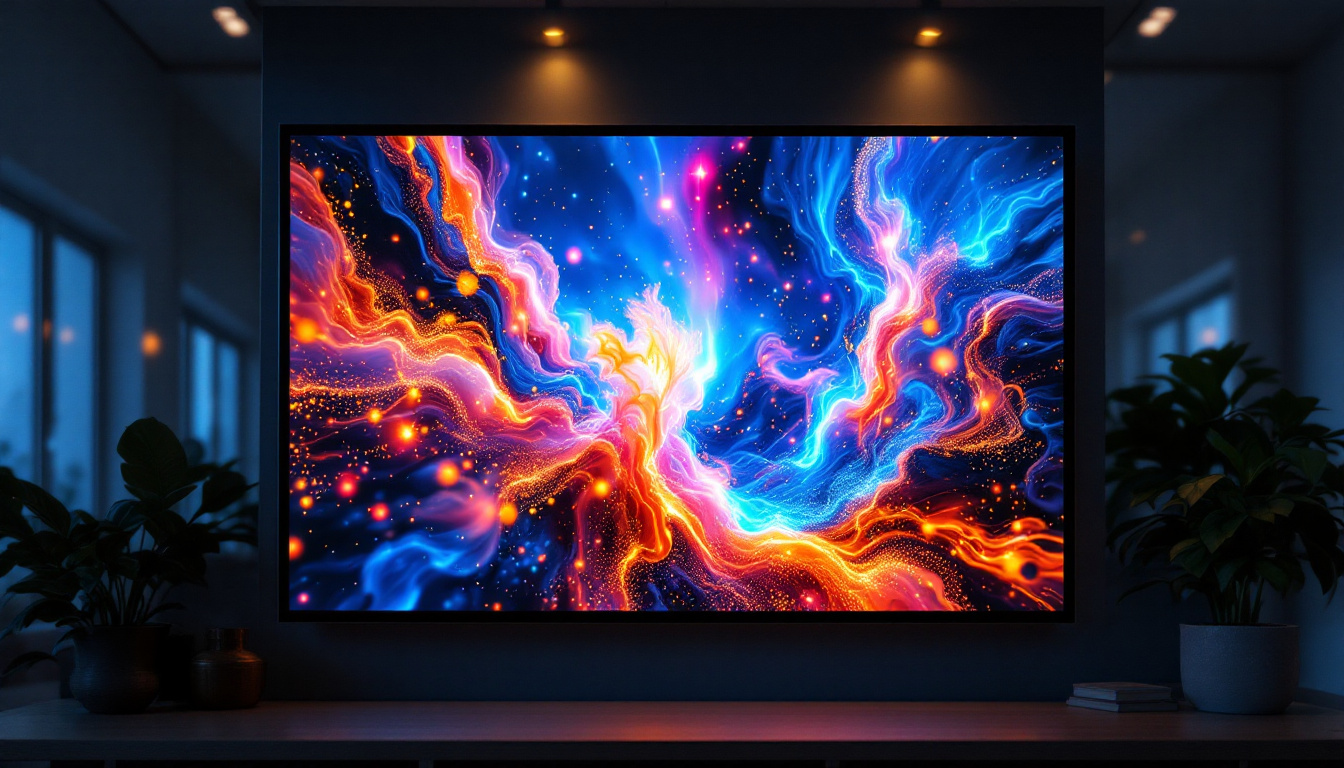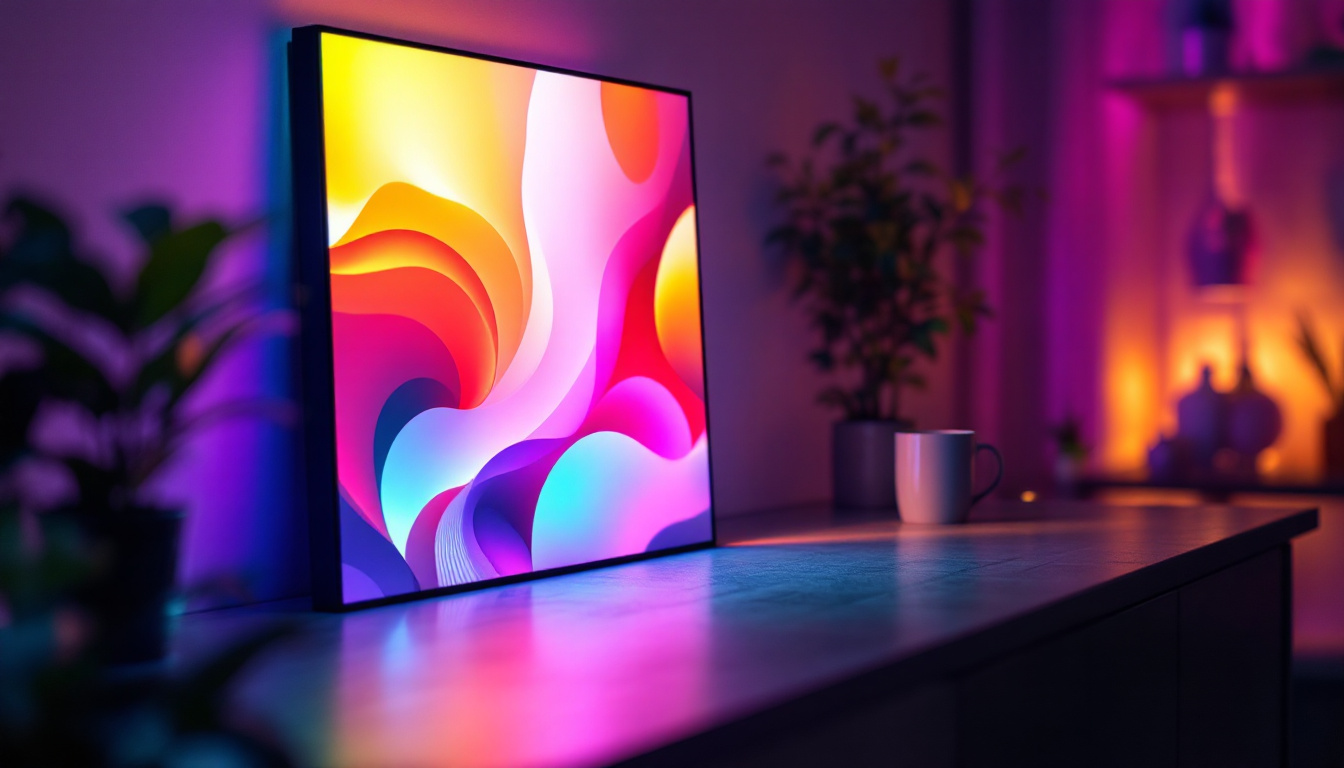In the world of technology, monitors play a crucial role in how users interact with their devices. Whether for gaming, professional work, or casual browsing, the type of monitor can significantly impact the experience. Among the various types of displays available today, LED monitors have gained immense popularity due to their vibrant colors, energy efficiency, and sleek designs. This article delves into the intricacies of LED displays and evaluates who makes the best monitors in the market.
Understanding LED Displays
LED, or Light Emitting Diode, displays are a type of flat panel display that uses LEDs to produce images. They are often confused with LCDs (Liquid Crystal Displays), but the key difference lies in the backlighting technology. LED monitors use LEDs to illuminate the screen, while traditional LCDs use fluorescent lights. This distinction is vital as it influences color accuracy, brightness, and overall visual performance.
Types of LED Displays
LED displays can be categorized into several types, including Edge-lit, Direct-lit, and Mini-LED. Each type has its advantages and disadvantages, making them suitable for different applications.
- Edge-lit LED: These monitors have LEDs positioned around the edges of the screen. They are typically thinner and lighter, making them ideal for wall mounting. However, they may suffer from uneven brightness in some cases.
- Direct-lit LED: In this setup, LEDs are placed directly behind the screen. This configuration allows for better brightness uniformity and improved contrast ratios, making them suitable for professional applications.
- Mini-LED: A newer technology that uses smaller LEDs for backlighting, Mini-LED displays offer enhanced contrast and color accuracy. They are becoming increasingly popular in high-end monitors and televisions.
Benefits of LED Technology
LED technology offers numerous advantages over traditional display technologies. One of the most notable benefits is energy efficiency. LED monitors consume less power, which not only reduces electricity bills but also contributes to a lower carbon footprint.
Additionally, LED displays provide superior color accuracy and brightness. This capability is particularly beneficial for graphic designers and photographers who require precise color representation. Furthermore, LED monitors typically have faster response times, making them an excellent choice for gamers who need quick refresh rates to enhance their gaming experience.
Moreover, LED displays are known for their longevity and durability. Unlike traditional displays, which may suffer from burn-in or image retention, LEDs maintain their performance over time, making them a reliable choice for both home and commercial use. This durability is complemented by their ability to withstand a range of environmental conditions, making them suitable for outdoor displays as well. The versatility of LED technology allows it to be utilized in various settings, from large-scale billboards in urban centers to intimate home theaters, showcasing its adaptability to different lighting and viewing conditions.
Another significant advantage of LED displays is their ability to support high dynamic range (HDR) content. HDR enhances the viewing experience by providing a wider range of colors and contrast levels, allowing viewers to see more detail in both the brightest and darkest parts of an image. This feature is particularly appealing for movie enthusiasts and gamers, as it creates a more immersive and lifelike experience. As technology continues to evolve, the integration of advanced features such as HDR in LED displays is likely to become more commonplace, further solidifying their position as a leading choice in the display market.
Top Manufacturers of LED Monitors
With the growing demand for LED monitors, several manufacturers have emerged as leaders in the industry. Each brand offers unique features and specifications, catering to different user needs. Below are some of the top manufacturers known for producing exceptional LED monitors.
Samsung
Samsung is a dominant player in the display market, renowned for its cutting-edge technology and innovative designs. The company offers a wide range of LED monitors, from budget-friendly options to high-end models with advanced features.
One of the standout products from Samsung is the Odyssey series, which is tailored for gamers. These monitors boast high refresh rates, low input lag, and immersive curved designs, making them a favorite among gaming enthusiasts. Furthermore, Samsung’s QLED technology enhances color accuracy and brightness, setting a benchmark for visual quality.
LG
LG is another key competitor in the LED monitor market, known for its exceptional display quality and user-friendly features. The company’s UltraFine series is particularly popular among creative professionals, offering high resolutions and excellent color reproduction.
Additionally, LG’s IPS (In-Plane Switching) technology provides wider viewing angles and improved color consistency, making it an ideal choice for collaborative work environments. The company’s commitment to sustainability also resonates with environmentally conscious consumers, as many of their monitors are designed with eco-friendly materials.
ASUS
ASUS has carved a niche for itself in the gaming monitor segment with its ROG (Republic of Gamers) series. These monitors are designed specifically for gamers, featuring high refresh rates, adaptive sync technology, and customizable RGB lighting.
Moreover, ASUS monitors often come equipped with advanced gaming features such as GamePlus and GameVisual, which enhance the gaming experience by providing various display modes and crosshair overlays. Their commitment to innovation ensures that gamers have access to the latest technology to improve their performance.
Factors to Consider When Choosing an LED Monitor
When selecting an LED monitor, several factors should be considered to ensure it meets specific needs and preferences. Understanding these factors can help buyers make informed decisions and choose the best monitor for their requirements.
Resolution
Resolution is a critical factor that determines the clarity and sharpness of the images displayed on the monitor. Common resolutions include Full HD (1920×1080), Quad HD (2560×1440), and 4K UHD (3840×2160). Higher resolutions provide more detail and are particularly beneficial for tasks such as graphic design and video editing.
For gamers, a higher resolution can enhance the visual experience, but it is essential to pair it with a powerful graphics card to maintain smooth performance. Therefore, understanding the intended use of the monitor will guide the resolution choice.
Refresh Rate and Response Time
The refresh rate, measured in hertz (Hz), indicates how many times the monitor refreshes the image per second. A higher refresh rate results in smoother motion, which is crucial for gaming and fast-paced video content. Monitors with refresh rates of 144Hz or higher are highly sought after by gamers.
Response time, measured in milliseconds (ms), refers to how quickly a pixel can change from one color to another. A lower response time reduces motion blur and ghosting, enhancing the overall viewing experience. For gaming, a response time of 1ms to 5ms is ideal.
Connectivity Options
Modern monitors come equipped with various connectivity options, including HDMI, DisplayPort, USB-C, and VGA. The availability of multiple ports allows users to connect their devices seamlessly, whether it’s a laptop, gaming console, or desktop computer.
Additionally, some monitors offer built-in USB hubs, which can be convenient for connecting peripherals such as keyboards and mice. Ensuring that the monitor has the necessary ports for your devices is essential for a hassle-free setup.
Comparing LED Monitors: Performance and Features
To determine who makes the best monitors, it’s essential to compare performance and features across different brands and models. This comparison can highlight the strengths and weaknesses of each manufacturer, helping consumers make informed choices.
Color Accuracy and Calibration
Color accuracy is a vital aspect for professionals in fields such as photography, graphic design, and video editing. Monitors with high color accuracy ensure that the colors displayed are true to life, which is crucial for producing quality work.
Many manufacturers offer factory calibration, ensuring that the monitor is optimized for color accuracy right out of the box. Additionally, some models allow users to perform manual calibration using software tools, providing further customization for specific needs.
Ergonomics and Design
The design and ergonomics of a monitor can significantly impact user comfort and productivity. Features such as height adjustment, tilt, and swivel capabilities enable users to customize their viewing experience, reducing strain during extended use.
Moreover, aesthetics play a role in the overall appeal of a monitor. Sleek designs, thin bezels, and customizable RGB lighting can enhance the visual appeal of a workspace, making it more enjoyable to use.
Price and Warranty
Price is often a determining factor when choosing a monitor. While high-end models offer advanced features and superior performance, budget-friendly options can still provide excellent value for everyday use.
Additionally, the warranty offered by manufacturers can provide peace of mind. A longer warranty period indicates confidence in the product’s durability and performance. Consumers should consider both the price and warranty when evaluating their options.
Conclusion: Finding the Best LED Monitor for You
Choosing the best LED monitor involves understanding the technology, evaluating different manufacturers, and considering personal needs and preferences. Samsung, LG, and ASUS are among the top brands that consistently deliver high-quality monitors, each with unique strengths tailored to different user requirements.
By considering factors such as resolution, refresh rate, connectivity options, and ergonomics, consumers can find a monitor that not only meets their needs but also enhances their overall experience. Whether for gaming, professional work, or casual use, the right LED monitor can make a significant difference in how users interact with their devices.
Ultimately, the best monitor is one that aligns with individual preferences and requirements, ensuring a satisfying and productive experience for years to come.
Discover the Future of LED Displays with LumenMatrix
As you seek the best LED monitor to elevate your visual experience, consider the pioneering solutions from LumenMatrix. With a commitment to innovation and quality, LumenMatrix offers an extensive range of LED display modules designed for various applications, from vibrant Indoor and Outdoor LED Wall Displays to dynamic Vehicle and Sports LED Displays. Whether you’re looking to enhance your brand’s presence, create immersive environments, or communicate with striking clarity, LumenMatrix’s cutting-edge technology is tailored to meet your needs. Don’t miss the opportunity to transform your space with unparalleled visual impact. Check out LumenMatrix LED Display Solutions today and step into the future of visual communication.

